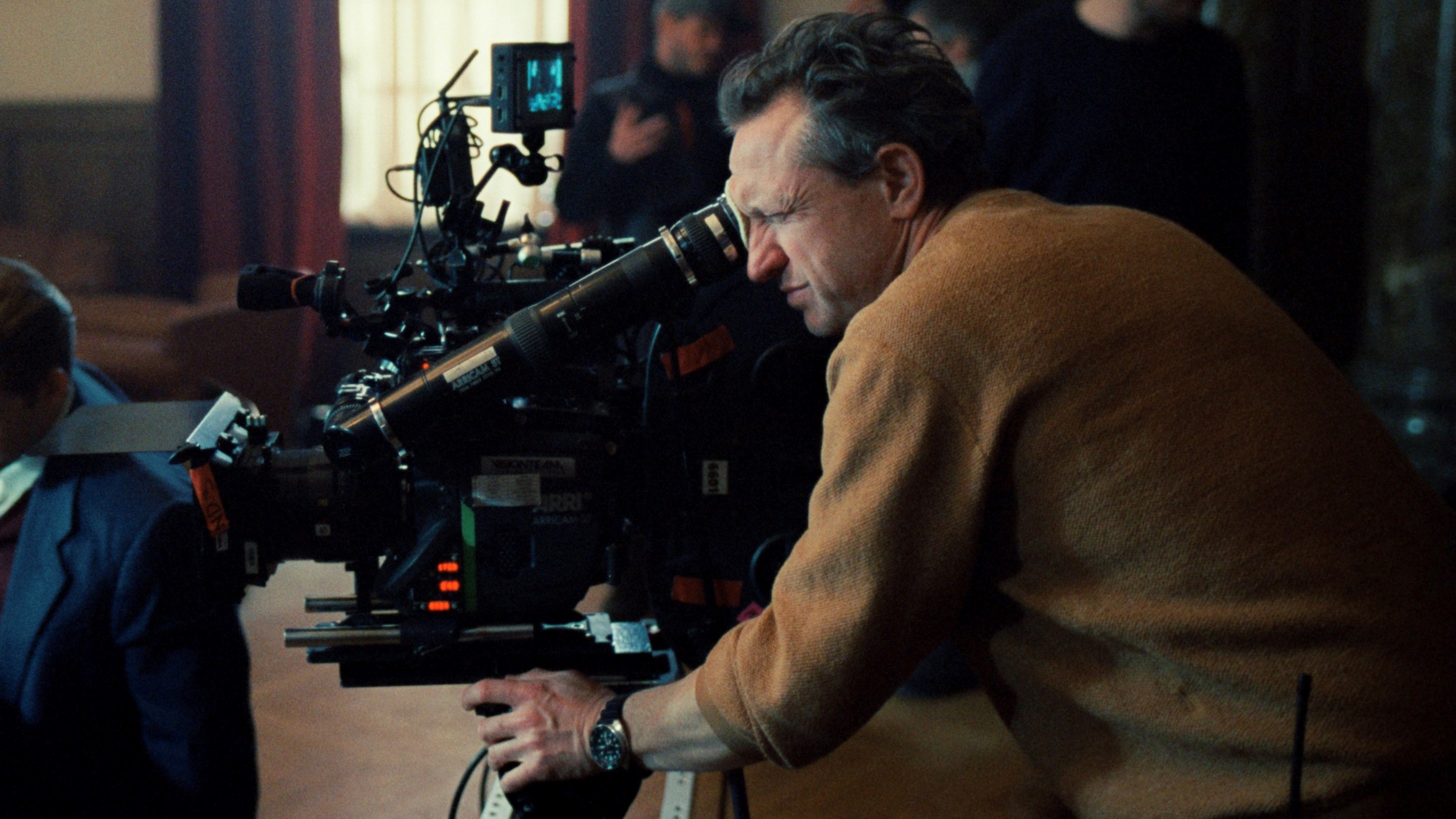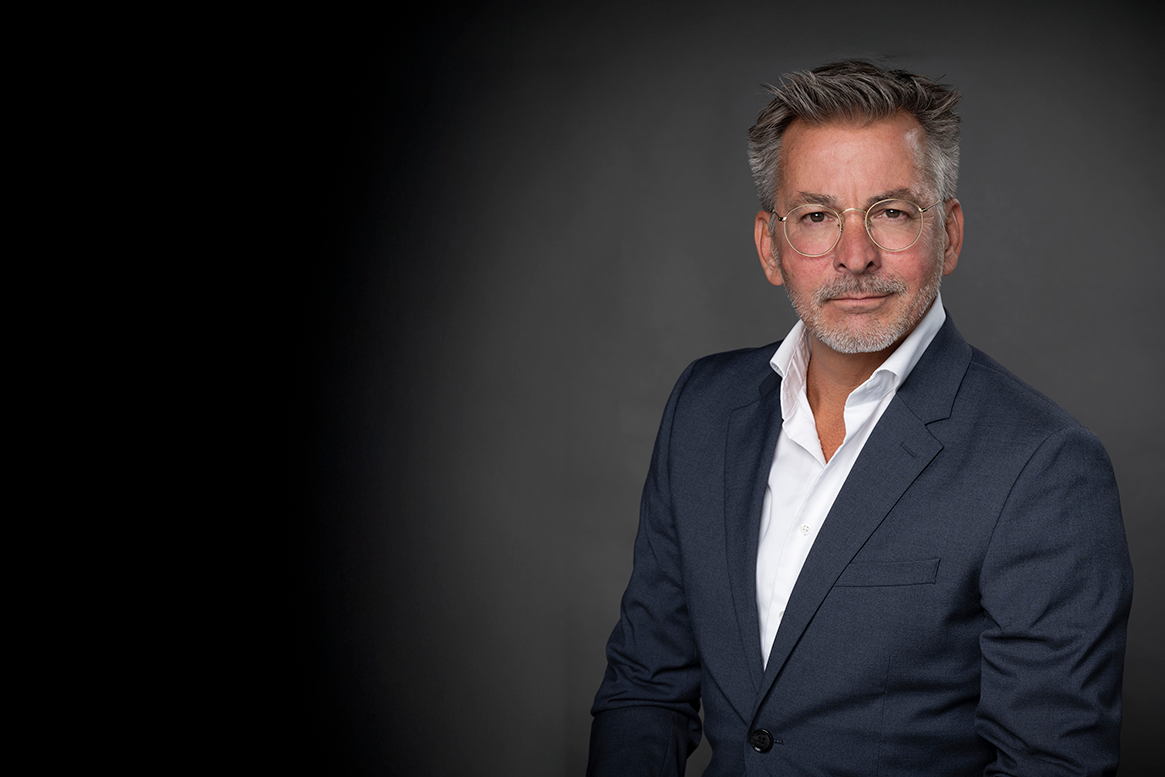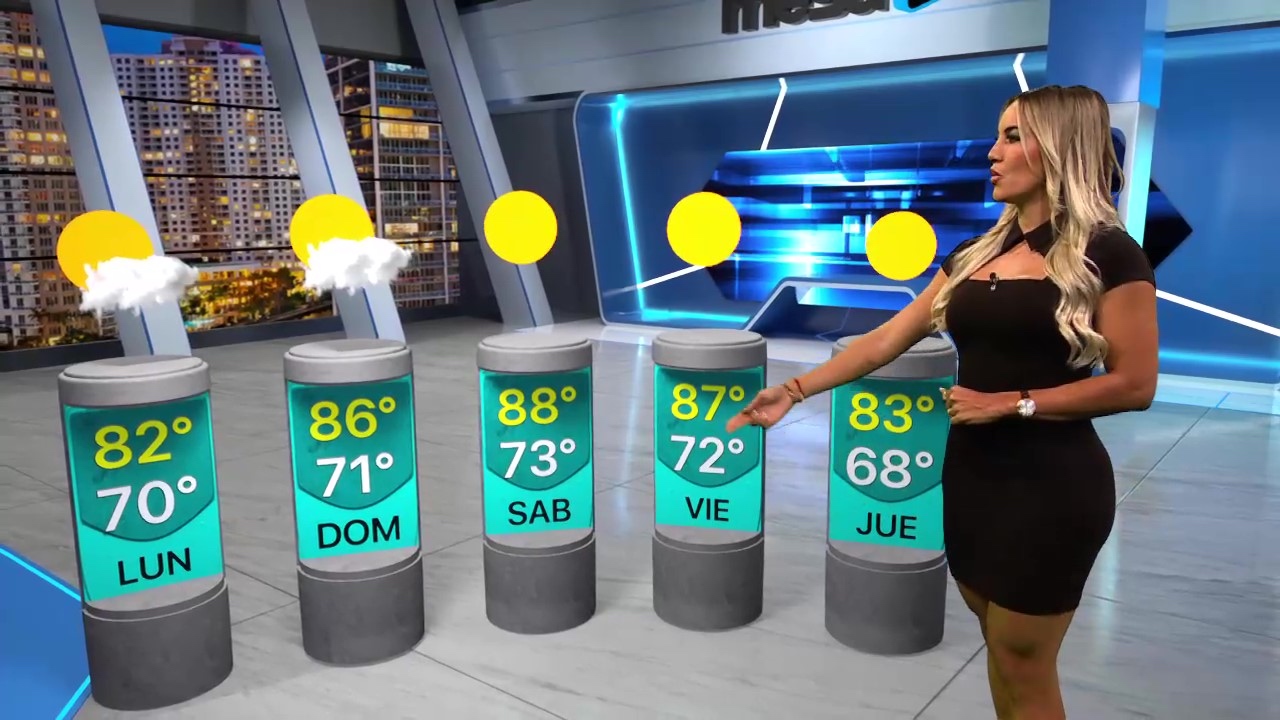The ‘anti-Line of Duty’, Blue Lights is a gritty cop drama set in Belfast, but with plenty more to it than initially meets the eye, writes Adrian Pennington.
Any new British cop drama faces comparison with Line of Duty and that goes double if the production is filmed in Belfast. Jed Mercurio’s massive BBC hit has been filmed in the city since series 2, though deliberately as a blank canvas to suggest any city from Nottingham to Glasgow. The BBC’s latest police procedural Blue Lights consciously foregrounds Belfast while touching on familiar layers of covert operation and characters with more going on than first meets the eye.

“We are doing the anti-Line of Duty,” said Gilles Bannier (Trigger Point, Tin Star) who directed all six episodes. “That’s not to denigrate the beautiful writing and acting [of Line of Duty] but the point was to go the other way and make Belfast a character in the story.”
Aware he just voiced a cliché, Bannier followed up, “Every director says that but here the writing is very specifically set in certain neighbourhoods of the city and I wanted that to come across very strongly. What has mostly been shown on screen from Northern Ireland has been sinister because of the Troubles. I wanted to create something that was not as depressing, that had humour and that was true to the reality of people in Belfast today.”
Created and written by the team behind The Salisbury Poisonings, the tense drama follows three rookie police officers working their probation period in contemporary Belfast. It is made by Two Cities Television and produced with support from Northern Ireland Screen.
Writers and Executive Producers, Declan Lawn and Adam Patterson have said that they wanted the show to reflect Belfast’s urban environment sitting side by side with the sea and countryside.
Bannier, who is French, said he chose the mid-budget Blue Lights over a “huge” Netflix show because he felt affinity with the nation and its people.
“When I directed [ITV crime drama] Marcella in Belfast, I fell in love with the soul of Northern Ireland and I felt that in my position as an outsider I was totally free to talk about the issues in the script.”
To that end, he persuaded the producers to let him direct the entire series. “I wanted to control the casting in order to create a spirit like a theatre troupe and to help the actors, some of whom had very little experience, develop their characters.”
Blue Lights features newcomer Nathan Braniff with Siân Brooke (Sherlock), and Katherine Devlin (The Dig) as the new recruits alongside Martin McCann (Marcella), Richard Dormer (Game of Thrones), and John Lynch (Tin Star).

Bannier, who began his TV career directing documentaries for ARTE in France, said, “I wanted to be true to what Belfast is. I didn’t want to cheat. I wanted to go into real flats and houses to catch a glimpse of real life.”
His chief instruction to cinematographer Stephen Murphy BSC, ISC was to shoot with ‘vibration’ - which Bannier describes as taking a more instinctual approach to filmmaking.
“I hate it when a film or a TV show is too self-consciously artistic. For me, nothing should be too flashy, the perspective should always be on the characters.”
He also talked about the French New Wave and the way American films of the 1970s like The French Connection, had channelled a handheld ‘in the moment’ style of realism.
Murphy explained, “Vibration was an evocative term which I interpreted to mean an image that had some level of contrast to it, moody, and with a freedom of camera. In an ideal world we’d just rock up and start shooting spontaneously but of course on a TV drama schedule you can’t do that. Principally I saw it as a way of embracing the texture of the locations and giving freedom to the actors.”
‘No’ to Super 16mm
Bannier’s conception for the look of the show was to desaturate the whole thing but not go so far as to render everything depressingly grim. “So, I asked production designer Ashleigh Jeffers and costume designer Maggie Donnelly to look for saturated colours and then with Stephen we designed a LUT to find the right balance.”

They wanted to film on Super 16mm but despite pushing, the BBC vetoed the idea. Among other reasons there is no film lab in Northern Ireland. It was one decision that helped the show meet its albert certification [see more on this below].
“Having to ship rushes to London by plane for five months would be incredibly wasteful in carbon emissions which I totally understand,” Bannier said.
Instead, the show is shot digitally on Panavision DXL (a Panavised version of a RED cine camera) and a relative rarity for the BBC in being delivered in 4K and HDR.
“Both Gilles and I love the Anamorphic scope frame 2.35 but we couldn’t afford to shoot anamorphic lenses so instead chose spherical Panavision lenses with an attachment gives you some of the quality of the anamorphic glass,” Murphy said.
In addition, they used blue streak filters which, according to DoP Angus Mitchell, “give you a kind of fake anamorphic flare. I used that when the police are using their blue lights.”
While Murphy set the show’s template and shot episodes 1,3 and 4 Mitchell shot 2, 5 and 6 and some of additional scenes in other eps.
“We used whatever sunlight flares we could manage in Belfast and any practical sources we could,” Mitchell said. “Mainly we kept sodium [street lamp] sources where we could but a lot of Belfast has transferred to daylight balanced LED sources.”
Bannier said he hates “Alexa light”– the practice of shooting with existing night time street lighting and then adding lights to the foreground for modelling an actor.
“We wanted to kill the city lights and to treat it as pitch black as possible to stand out from other British TV police shows.”
This look was helped by filming in the winter of early 2022 but the LUT took Mitchell some getting used to. “Gilles and Stephen were very keen to lose a lot of detail in the blacks and there was a bit of pressure from execs during the first bunch of rushes who were worried it was too dark,” he reveals. “But I knew that working with the Red sensor that there’s plenty of information in the neg to pull back.”
Production design painted the walls of otherwise bland white or crème offices and house interiors. “The darker I can get walls the better the mood for this scene and it will retain more shape,” Mitchell said. “Then it’s down to staging the scene and adding the right kind of light source and negative fill to create texture.”
Driving realism with the ‘Pod’ car rig
A problem confronting Murphy was how to deliver the naturalism his director wanted from the many cop car driving scenes.

“In keeping with his reference of ‘70s movies the idea of doing a significant chunk of the episode on a sound stage did not appeal,” Murphy said. “We talked about doing in front of a screen but we didn’t really have the resources to do so properly in a Volume.”
He proposed they use a Pod car rig, a solution which allows the car to be driven by a stunt driver from the roof of that car. This takes all the driving controls away from the interior of the car, allowing the actors inside the car to concentrate solely on the scene.
“The difference between a Pod and a low loader trailer is that the low loader is limited to 35mph which is fine for driving on the road but means you can’t see the car accelerate from being parked on the side of the street,” Murphy said.
“The Pod is more nimble in that regard. You can drive it faster and you get fantastic reaction from actors who real physical of stresses of corners and potholes, bracing themselves against car window but don’t feel as encumbered by a huge filmmaking apparatus.”
Of course, the actor still has to simulate driving the vehicle, a process rehearsed in a car park.
“In driving scenes the cameras are locked off for safety but you still get a lot of energy and aggression from the Pod car which then transferred to scenes outside the car,” Mitchell remarks.
Working on the series appealed to Mitchell who said its themes will resonate with resonate with UK and international audiences. “We are not as secretive a society as we used to be nor embarrassed of our situation. We’re not stuck in the Troubles. We have regular policing and normal policing issues so from that point of view the storylines are very recognisable.
He adds, “Line of Duty was used as a both a ‘let’s not do that kind of thing’ as well as a ‘let’s make something that is so popular it runs and runs.’”
Blue Light’s green light
Blue Lights was greenlit before COVID and produced from the outset to be an Albert certified production. Crew worked remotely as much as possible. A Green Memo was issued to all cast and crew, underlining the project’s intentions.
On completion it earned a rating of 2 out of 3 stars and a final certification score of 79% for their carbon action plan, according to Albert.

Executive Producer, Louise Gallagher, of Gallagher Films commented: “Blue Lights was created by two companies based in Northern Ireland, and it was developed, commissioned, and filmed here, with a large amount of the principal cast and leading creatives from here as well. The story is also set in Belfast and features Belfast characters. Therefore, it has also allowed Belfast cast and crew to be based at home, helping to reduce our negative impact on the environment and encouraging us to think more proactively about engaging with positive green goals.”
The production included department specific goals such as reducing unnecessary travel and transport; adopting biodegradable catering containers; considered use of equipment, kit, and dispensable consumables; and promoted paperless and digital communication.
Gallagher continued: “This even influenced specific traits for some of our characters, by promoting the use of reusable water bottles and coffee cups, bamboo food containers, and even inspiring home cooking ideas and recipes.”
The producers say they have offset where they couldn’t reduce their carbon footprint through Albert’s offset scheme partner, Ecologi, by contributing to a Rainforest conservation project in Brazil.

Behind the scenes: The Brutalist
Cinematographer Lol Crawley finds the monumental visual language to capture an artform that is essentially static.

Behind the scenes: Bringing live deepfakes to the fore in Here
The breakthrough in the making of Here was not the authenticity of a de-aged Tom Hanks, but that the face-swapping technique could be achieved live on set.

Behind the Scenes: Disclaimer
For all the slippery perspectives in psychological thriller Disclaimer, the truth is lying in plain sight, explains Editor Adam Gough.
Behind the Scenes: Conclave
Mystery, suspense and a game of thrones in the Vatican lensed by cinematographer Stéphane Fontaine.
, Director Jon M. Chu, and Ariana Grande (as Glinda) on the set of Wicked.jpg)
Behind the Scenes: Wicked
Opposing colours in the same frame, 6000 lightning cues and shooting 17 sound stages - one the size of four American football fields, all merit why Wicked is the ‘latest hurrah to the golden days of epic studio filmmaking,’ writes Adrian Pennington.



